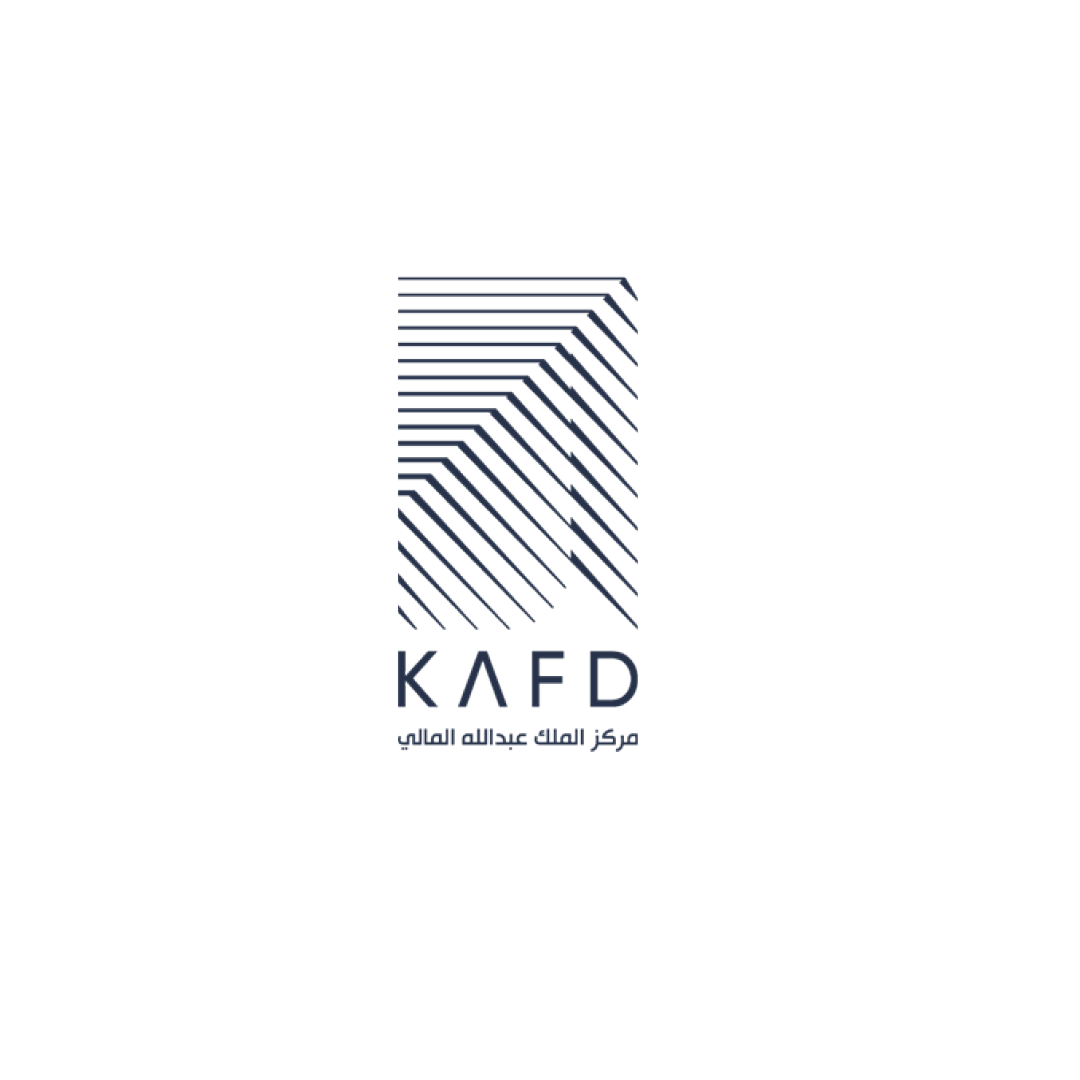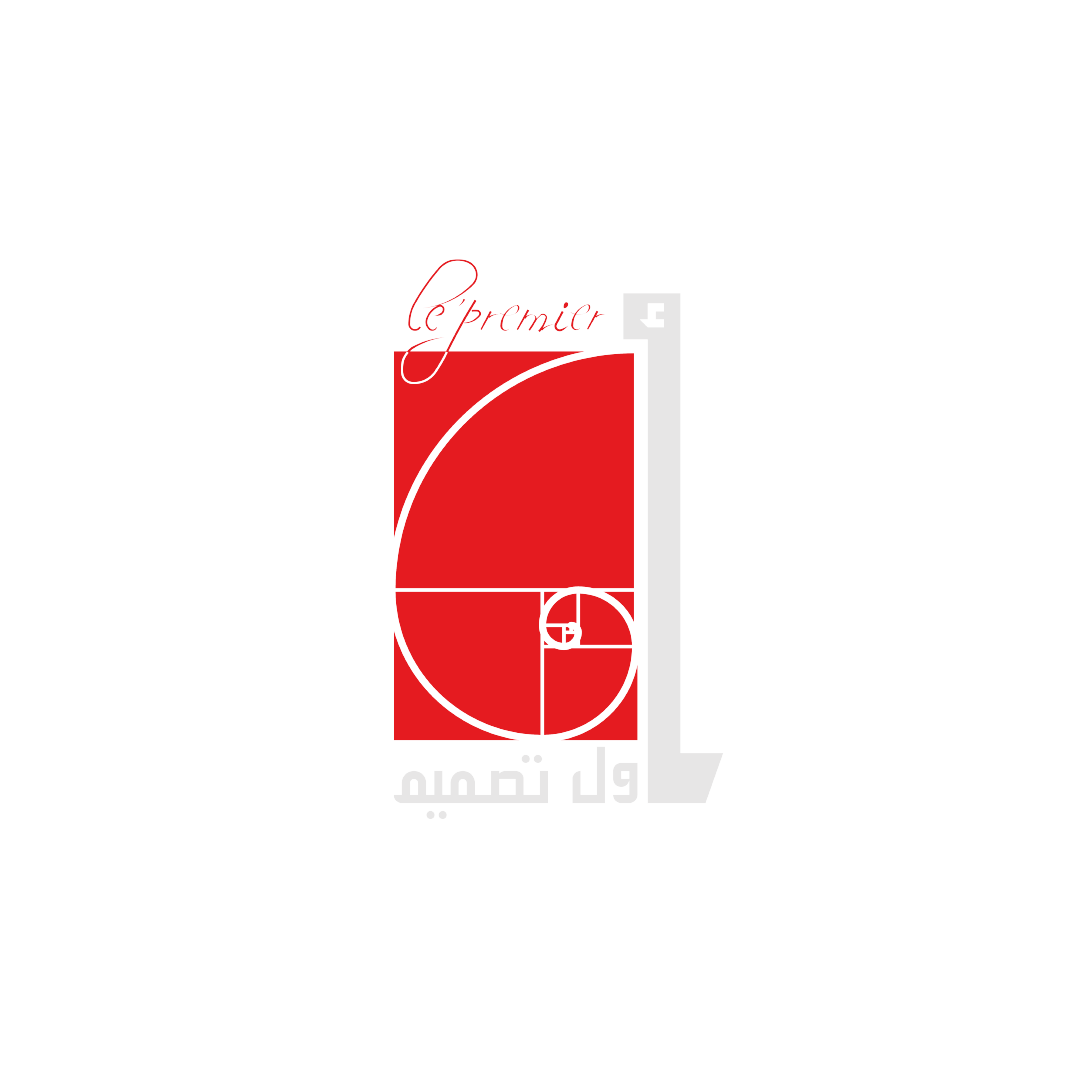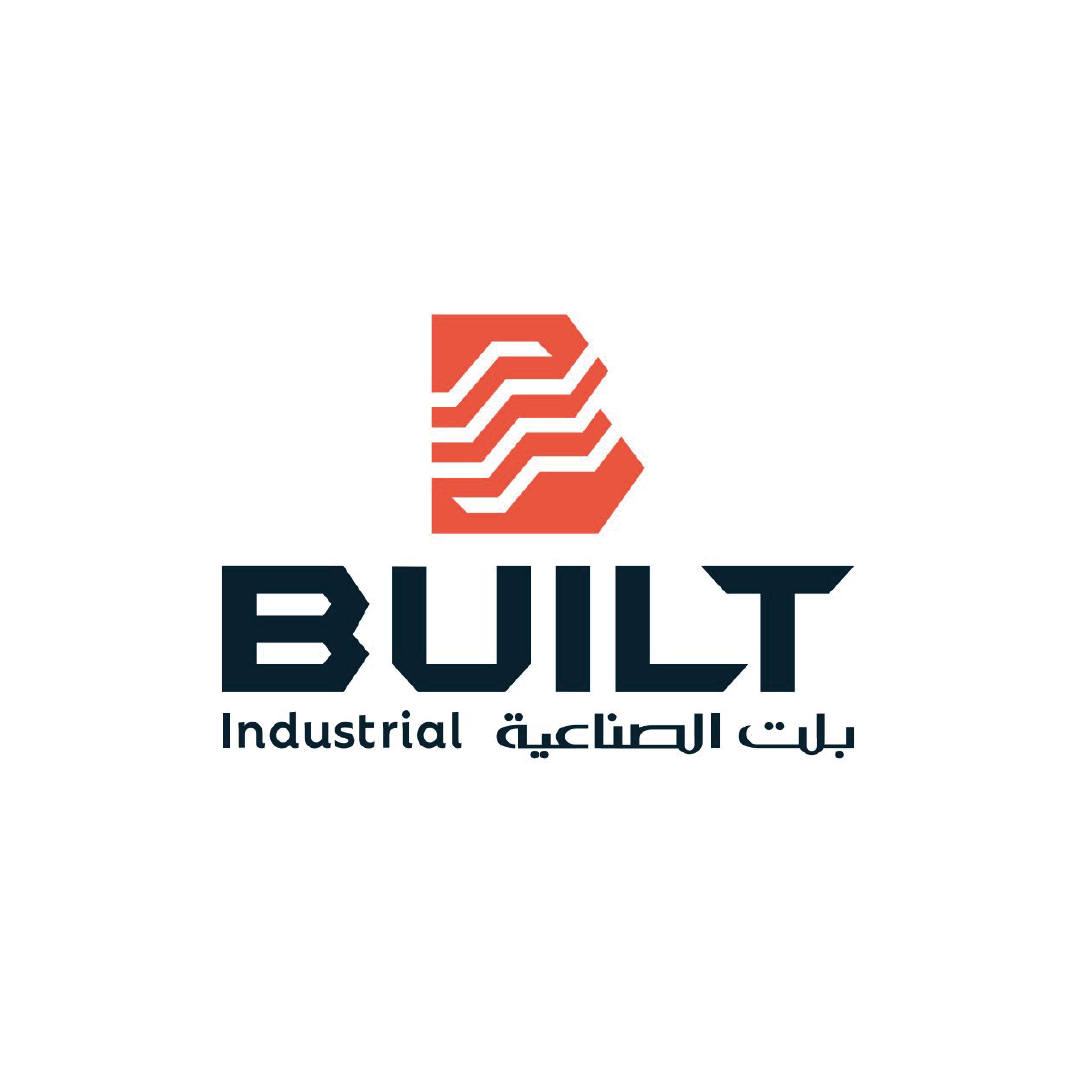About Us
Our ultimate aim is to become “The nation's top and most chosen contractor” as we have a resolute dedication to delivering unmatched results.
Read MoreBuilding Maintenance Unit (BMU)
Ensuring safe and efficient maintenance for high-rise buildings involves a comprehensive approach to preserving structural integrity, enhancing safety, and optimizing functionality. Proper maintenance includes routine inspections, preventive measures, and timely repairs to ensure compliance with safety standards and building regulations.
Read MoreElite Garbage Chute
Our commitment to waste management extends to providing top-notch garbage chute solutions: We are the premier garbage chute provider, offering a diverse range that includes standard chutes and innovative smart solutions. We go beyond basic disposal and include monitoring, sorting capabilities, and seamless integration with Building Management Systems (BMS) and fire alarm systems. We deliver advanced solutions that enhance efficiency and contribute to a smarter waste management approach.
Read MoreCentral AC Unit
HVAC stands for Heating, Ventilation, and Air Conditioning. It is a term used to describe the technology and systems involved in providing indoor climate control within buildings. HVAC systems are designed to ensure comfort, maintain air quality, and regulate temperature and humidity levels in residential, commercial, and industrial spaces. The components of HVAC work together to create a controlled and comfortable environment by addressing heating, ventilation, and air conditioning needs. Here at Elite, we offer the following regarding HVAC.
Read MoreLighting Unit
Adding the right lighting can transform your space, and here at Elite, we handle all aspects of lighting, from design and selection to installation.
Read MoreConstruction
We offer end-to-end construction project solutions, including villas, residential buildings, towers, hotels, and commercial buildings, from inception to handover. Our services include assisting in designs, legal documentation and project initiation, staying within the planned budget, and delivering high-quality results.
Read MorePilar Caf
Elevate the coffee experience by combining traditional brewing methods with modern innovation. Our team dedicates itself to educating customers about coffee cultivation, roasting, and preparation while serving drinks that exceed expectations and lead the transformation of coffee culture by setting new standards in quality, sustainability, and customer education, making premium coffee accessible and enjoyable for everyone.
Read MoreInfrastructure
Infrastructure is the fundamental physical and organizational structures, facilities, and systems needed for the operation of a project or the construction industry as a whole. It encompasses a wide range of elements that support and facilitate construction activities, ensuring the smooth functioning of projects. At Elite Group, infrastructure usually refers to supplying the main networks for projects, buildings, or residential complexes.
Read More




























